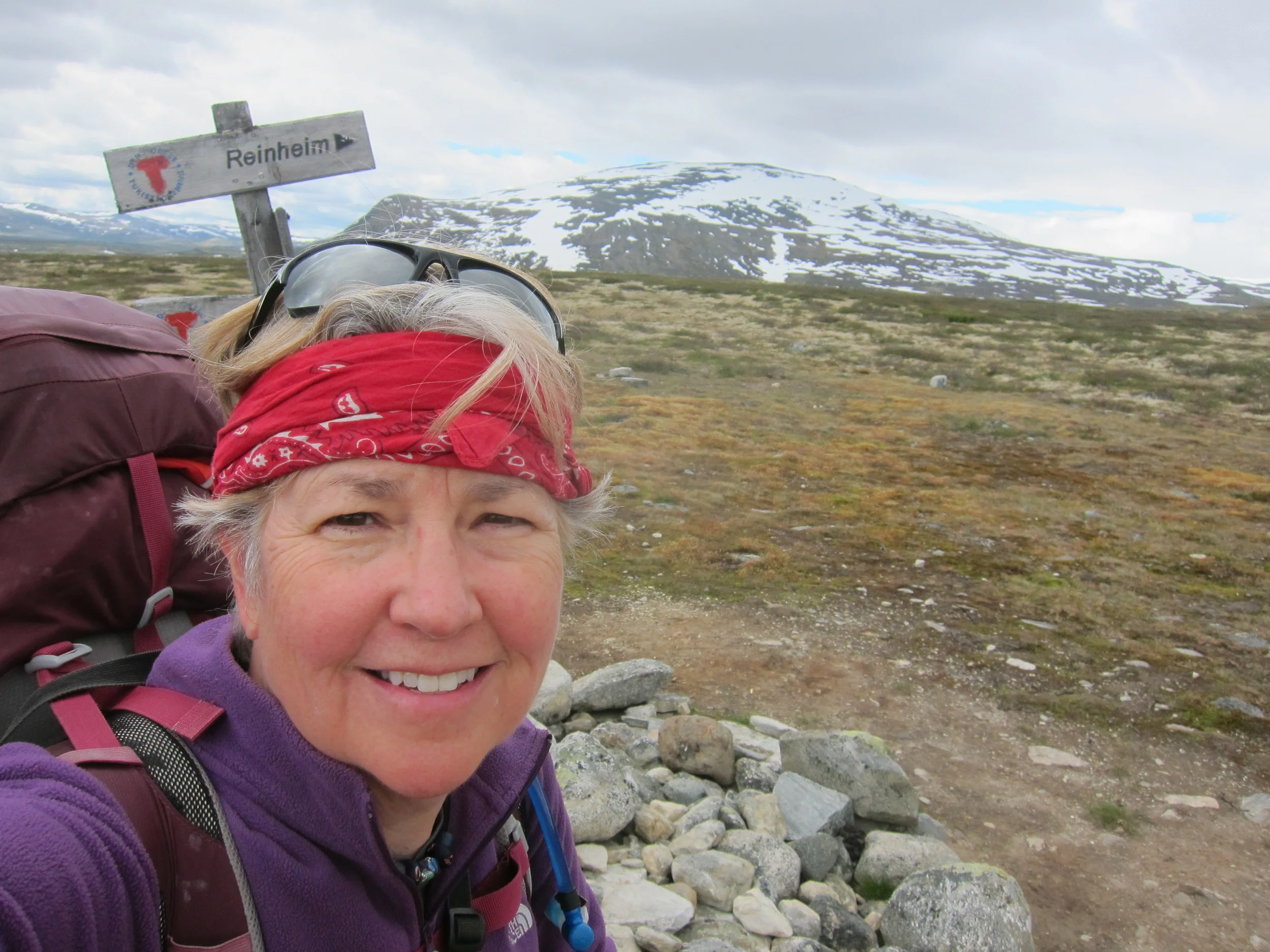The short and professional:
I'm an award-winning science and environmental writer with thirty years of experience writing for newspapers, magazines and trade publications. In addition to nearly 15 years as a science and environmental writer at The Burlington Free Press, Vermont's largest daily newspaper, I've written a 338-page natural history guide, "The Longstreet Highroad Guide to Vermont," and have been published in Audubon, New Scientist, Conservation, Scientific American.com and Frontiers in Ecology and the Environment, among others.
My work has been recognized with the 1993 AAAS Westinghouse Science Journalism award (now the Kavli Award), the Scripps-Howard Foundation Edward J. Meeman Award (finalist, 1993, numerous Gannett Corp. awards, including the company's top honor, the Outstanding Achievement in Writing Award (1996) and the Vermont Press Association's Mavis Doyle Award for investigative reporting (1999).
In 1996-1997 I spent a year as a Knight Science Journalism Fellow at the Massachusetts Institute of Technology.
The longer, Meandering version:
My mother used to joke that I was destined to be a journalist: When she was in labor with me, she refused my father's efforts to get her to the hospital until after she could watch the 11 p.m. news on TV. I was born at 2 a.m., less than three hours after my mom was offloaded into the maternity ward. You decide if my father's panic was justified.
There were other early signs, too: The Monday, November 23 1970 edition of the Norwalk Hour has a small article on page 11 about my ninth-grade civics class, for which we organized a river cleanup. I was in charge of making a public-service commercial about the need to clean up the Norwalk River.
I'd always liked to write, and by high school, I had a gig with the Bridgeport Post, a regional Connecticut newspaper battling against the big guns in Manhattan.
Cub reporter on a tour of the Norwalk Police Station with my fellow high school delinquents.
My beat was to write about news from my high school. This was terrific fun, but far from great art. That would have to come later.
My next foray into journalism was at McGill University, where I worked one semester on Canada's only daily university newspaper, the McGill Daily. I was an English Lit major, there being no journalism school at McGill, so the newspaper seemed like a good idea.
I lasted a semester, which was long enough for me to realize that the students did absolutely everything and that most dedicated Dailyistas were flunking out, which I wasn't quite ready to do. This was back in the day where we pasted up the newspaper on boards using a wax and cut text with X-Acto knives. We all took turns with the different aspects of running the paper - layout, paste-up, delivering the plates to the printer, selling ads, writing.
Plus, I realized I wanted a job that would get me outdoors. I was active with the McGill Outing Club (and was newsletter editor, naturally), which brought me into contact with other McGill students who were doing field work. I switched majors, and did a BSc in Physical Geography. I also managed to get hired on as a field assistant at McGill's Subarctic Research Laboratory in Schefferville, Quebec for the final two summers of my undergraduate career.
McGill also gave me a terrific graduation present: after I was done with my undergraduate degree and because of my work in Schefferville, I was taken on a university grant to work on a research project for a summer in Finland, at the Kevo Subarctic Research Lab, at 70 degrees N latitude.
After that, me and one of my fellow McGill fellows, who also happened to be a high school friend, headed south, riding our thumbs until our money ran out.



